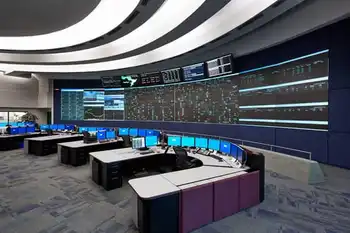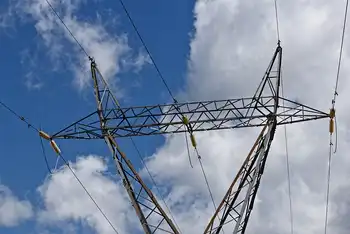Plug-in hybrid battery gets federal boost
By CBC News
Substation Relay Protection Training
Our customized live online or in‑person group training can be delivered to your staff at your location.

- Live Online
- 12 hours Instructor-led
- Group Training Available
Mississauga, Ont.-based Electrovaya Inc. received $5 million from Sustainable Development Technology Canada in the latest round of funding.
The money will support further development of the company's lithium ion superpolymer batteries for a test-fleet of plug-in hybrid-electric versions of Chrysler's Ram 1500 pickup truck. Electrovaya announced the partnership with Chrysler, which is to test a 140-truck fleet, in March.
The company, which received $17 million in provincial funds to expand its operations last summer, has also teamed up with India's Tata Motors to produce the Maya-300, an electric car designed for city driving.
SDTC, an arm's length foundation created by the federal government to support the development of clean technology, announced a total of $40 million in funding for Electrovaya's project and 17 others this week.
The companies being supported by the latest SDTC funding are:
1. 3XR Inc., Toronto, for technology that strips ammonia from wastewater to make fertilizer.
2. ICUS, St. John's, N.L., which has developed a new strain of fungi that helps wheat plants acquire nitrogen, reducing the need for fertilizer.
3. Available Energy Corp., Collingwood, Ont., which is working on a cleaner way of producing heavy water used in nuclear reactors.
4. EnerMotion Inc., Caledon, Ont., which has developed a system to capture waste exhaust heat, solar energy and braking energy from transport trucks to provide heat, cooling and electrical power to the cab when the truck is not moving, reducing fuel use.
5. Etalim Inc., Burnaby, B.C., which has developed a small-scale thermal-electric generator that converts heat to electricity.
6. Gestion TechnoCap Inc., Bromont and Varennes, Que., which makes a device to boosts the efficiency of solar electricity generating systems.
7. InvenTyls Thermal Technologies Inc., Burnaby, which is developing a low-cost process to separate carbon dioxide from other gases produced by the burning of fossil fuels, so it can be captured and stored.
8. InvoDane Engineering Ltd., Toronto, for a technology to detect weaknesses in gas pipelines.
9. Lakeshore EMPC Two L.P., Toronto, which is demonstrating a treatment to remove toxic contaminants from brownfields.
10. Mustard Products and Technologies Inc., Saskatoon, which is building a plant to manufacture a bio-pesticide produced from mustard.
11. Ocean Nutrition Canada Ltd., Dartmouth, N.S., which plans to build a plant to make biofuels from algae.
12. Phostech Lithium Inc., Candiac, Que., which makes a new material that boosts the performance of lithium batteries.
13. Purifics ES Inc., London, Ont., which wants to demonstrate a technology to clean up contaminated water from the processing of oilsands in Alberta.
14. Quadrogen Power Systems Inc., Vancouver, which is demonstrating a heat, hydrogen and power system based on gas from dairy farm manure.
15. Spartan Bioscience Inc., Ottawa, which is developing a genetic analyzer to detect pathogens in food and water.
16. Targeted Growth Canada Inc., Saskatoon, which is producing jet biofuel from an oilseed crop called camelina.
17. Tenova Goodfellow Inc., Hamilton, Ont., which is working on a system designed to improve the efficient use of furnaces used in steelmaking.











